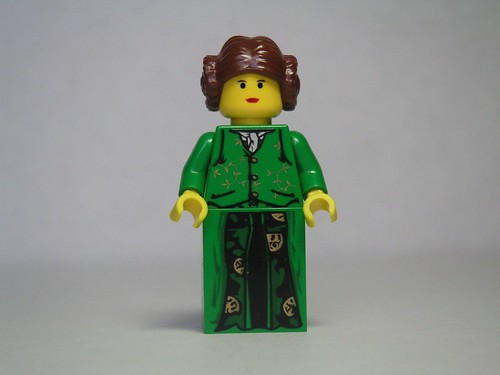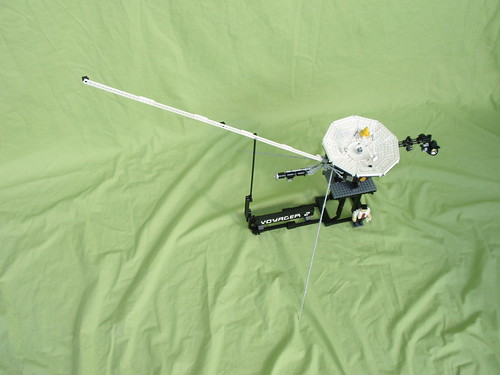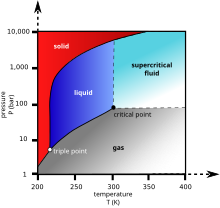A Million Little Bricks: The Unofficial Illustrated History of the LEGO Phenomenon by Sarah Herman, 2012, Skyhorse Publishing.

This is an interesting book, but it probably would have been better subtitled 'the barely unofficial history of the LEGO company'. Most of the book is devoted to a history of the company. We get, of course, a fairly standard description starting from Ole Kirk's wooden duck, to the invention of the interlocking brick, the building of Legoland, the minifigure, financial difficulties in the early 2000's, and the company today looking to the future. This is a great introduction to the company and well written, but if you've been around the LEGO hobby for some time this felt like a fairly well-worn path. I did learn a few new things - like there was a second Legoland park after Billund that opened in Sierksdorf, Germany, but closed after three years. Because of this failure, it was 20 more years before they opened additional parks. A big portion of the book is devoted to a history of the different themes. About three or four paragraphs are devoted to each of the different themes and subthemes. You get a little description of what is in that theme and what were the major sets. These are given in chronological order rather than thematic, so if you wanted to go through a history of all of the castle subthemes, for instance, you'd be flipping around a bit. For System sets this seems pretty comprehensive. I have to admit that I didn't go through a detailed comparison with the Brickset database, but with themes I know well Herman seems to have covered all of the subthemes, and I also note that fairly short-lived themes are covered.
The last chapter, 'Building Outside the Box', moves beyond the basic sets to discuss things like gear and video games (including noting the LEGO Universe MMO - this highlights the fact that the book is about a year out of date even though it came out fairly recently, also seen in the absence of recent themes like the Super Heroes and Tolkien themes). And then there are the 11 pages devoted to the fan community. We only see a handful of MOCs by three builders (Jordan's whaler and Rapunzel, Alex's Relativity and Inception and Nathan's self portrait, Yellow and untitled (I couldn't find that one on his site)). We get mentions of the Brothers-Brick, MOCpages, brickfilms, a rundown of some of the major fan conventions, and a brief interview with Nathan Sawaya.
In the end, I'd rate this book as okay. It is well written, and if someone wants to learn about the company it's a good place to start. The history of themes and subthemes is nice. Unfortunately, this book shows the main problem with any book that tries to be comprehensive about a very active subject - it's immediately out of date. As mentioned above, while this came out this fall, the information was well over a year old. For instance, the new Super Heroes themes were announced in mid-2011, but they get no mention. They note the 'upcoming' Florida Legoland, but not the one in Malaysia, which was surely under construction before this book was completed. The Lord of the Rings theme was mentioned in late 2011, and also gets no mention. I realize that editing and printing a book takes time, but perhaps that just shows the impossibility of a book such as this. The internet resources are immediately up to date, while any book is outdated by definition.
The coverage of the fan community is even more problematic. The subtitle promises a history of the LEGO phenomenon and we see a beautiful MOC (Jordan's Rapunzel tower) on the cover. Also, the book is being marketed towards the fan community. And yet this gets a mere eighteen pages and seven photos. It's impossible to do justice to all of the great MOCs out there, but some more could help show people the possibilities. I would suggest getting this book for someone who was interested in LEGO, but I would not bother getting it for a hard core AFOL.
SciBricks specific material - In the rundown of official themes, the book mentions such sets as the Discovery theme and the Mindstorms robotics sets. There is also mention of some of the NASA collaborations, such as the inclusion of images of minifigs on the Spirit and Opportunity Mars rovers. One that I was unaware of - 300 of the Life on Mars alien figures were sent to the International Space Station in 2001. They were used as part of an experiment and were later given to kids back on Earth as prizes.




























